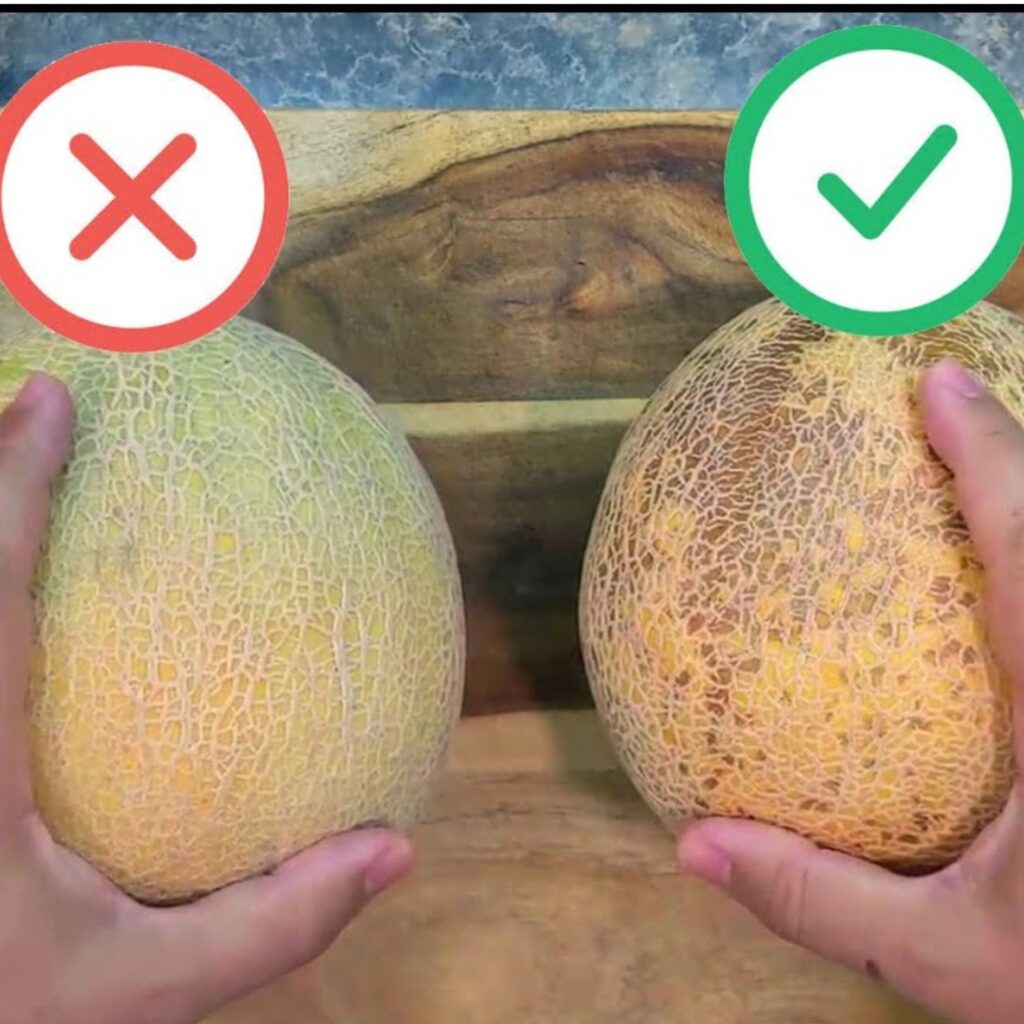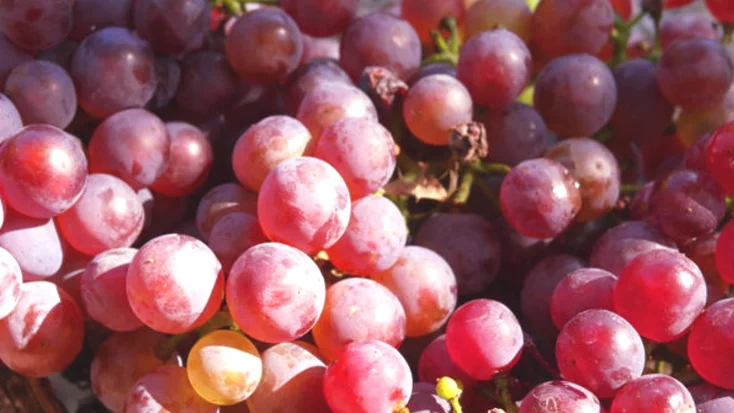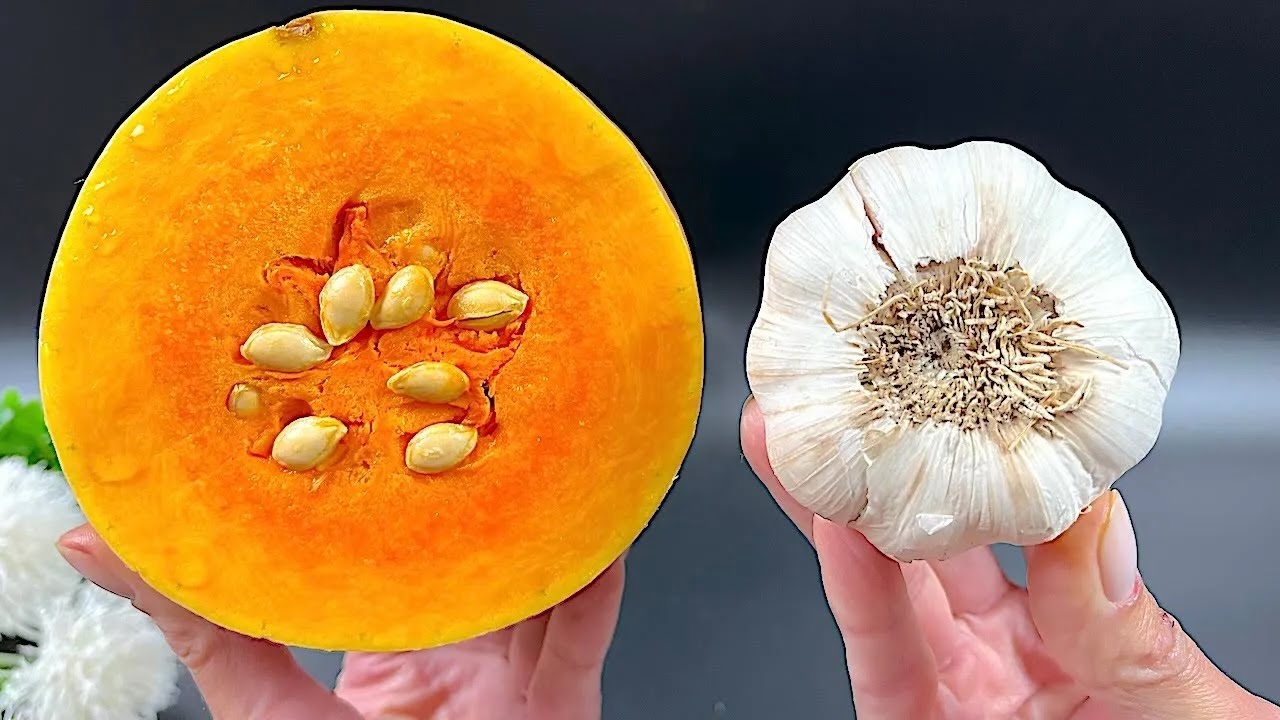
Cantaloupe, with its soft, sweet flesh and hydrating qualities, is a favorite fruit among many. Selecting the perfect cantaloupe and knowing how to cut it properly can enhance your enjoyment of this delicious melon. Here are five essential tips to help you pick a cantaloupe that’s guaranteed to be both sweet and juicy, along with some simple instructions on how to cut it for easy serving.
1. Check the Appearance A good cantaloupe has a uniform beige color without any major blemishes. While some superficial webbing is normal, avoid melons with soft spots, cracks, or dark bruises. These could indicate that the fruit is past its prime. The cantaloupe should feel firm but slightly soft on the blossom end—the end opposite the stem.
2. Feel the Weight Like many fruits, a cantaloupe should feel heavy for its size. This weight is a great indicator of a juicy melon packed with water. If it feels light, it may be dry on the inside.
3. Sniff the Melon The cantaloupe should have a sweet, slightly musky scent at the blossom end. If there’s no aroma, the melon might not be ripe. Conversely, an overly strong or fermented smell can mean the cantaloupe is overripe.
4. Tap It Give the cantaloupe a tap with your hand. Listen for a deep, hollow sound, which indicates ripeness. A high-pitched or solid sound might suggest it’s not quite ready to eat.
5. Check the Stem The stem end should have a smooth, slightly indented basin. If the stem is still attached, it might have been picked too early and may not ripen as sweetly.
How to Cut a Cantaloupe:
-
Wash the Melon Before cutting, wash the cantaloupe under running water to remove any potential bacteria from the surface.
-
Slice in Half Place the cantaloupe on a cutting board and slice it down the middle, from stem to blossom end.
-
Remove the Seeds Use a spoon to scoop out the seeds and fibrous material from the center of each half.
-
Make Slices or Cubes For slices, place each half cut-side down and slice into wedges. If you prefer cubes, make several parallel cuts through the flesh without piercing the rind, then turn the melon and cut again to create a grid pattern. Finally, use a spoon or knife to scoop out the flesh.
Conclusion: Choosing and cutting a cantaloupe may seem daunting, but with these simple tips, you can easily select a melon that provides the best in both taste and texture. Whether enjoyed alone or added to a fruit salad, a well-chosen cantaloupe is a refreshing treat. Enjoy the sweet bounty of your selection and the delightful refreshment it brings!





